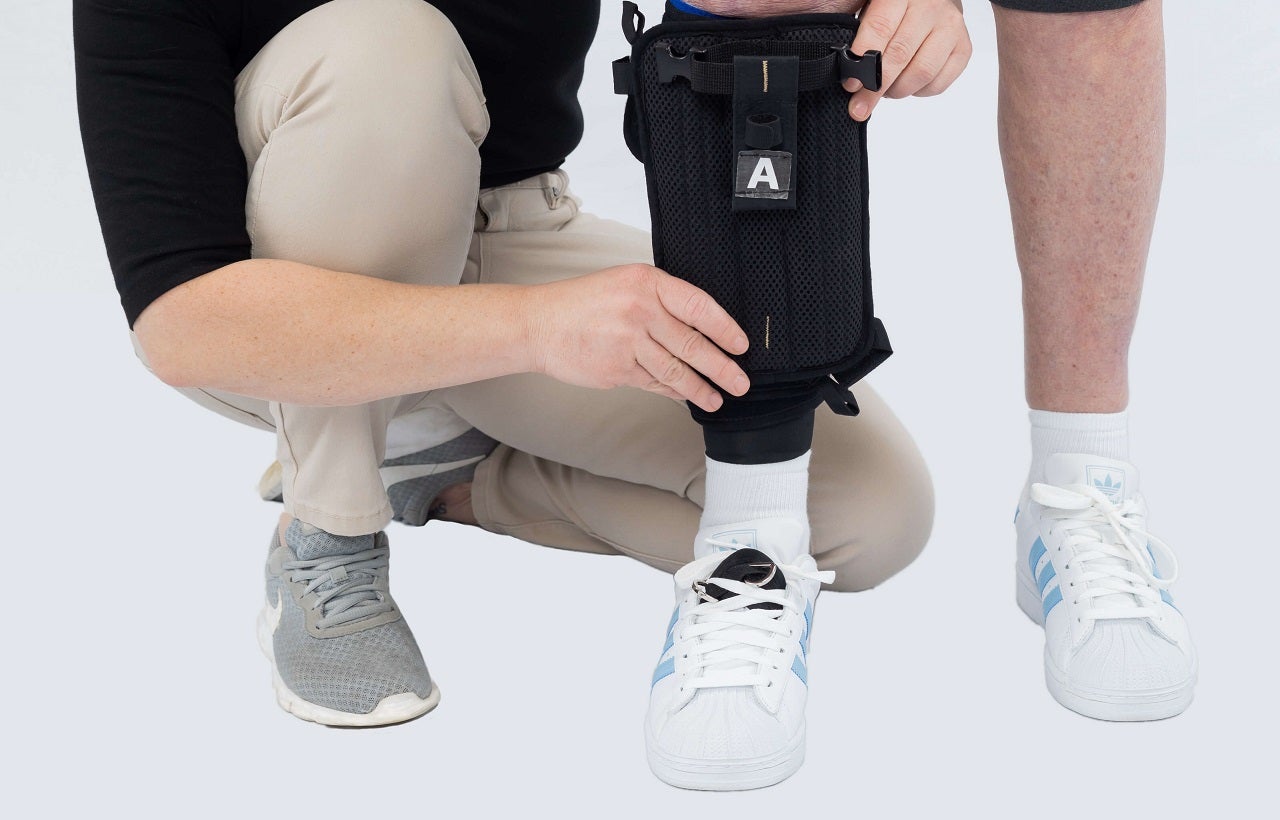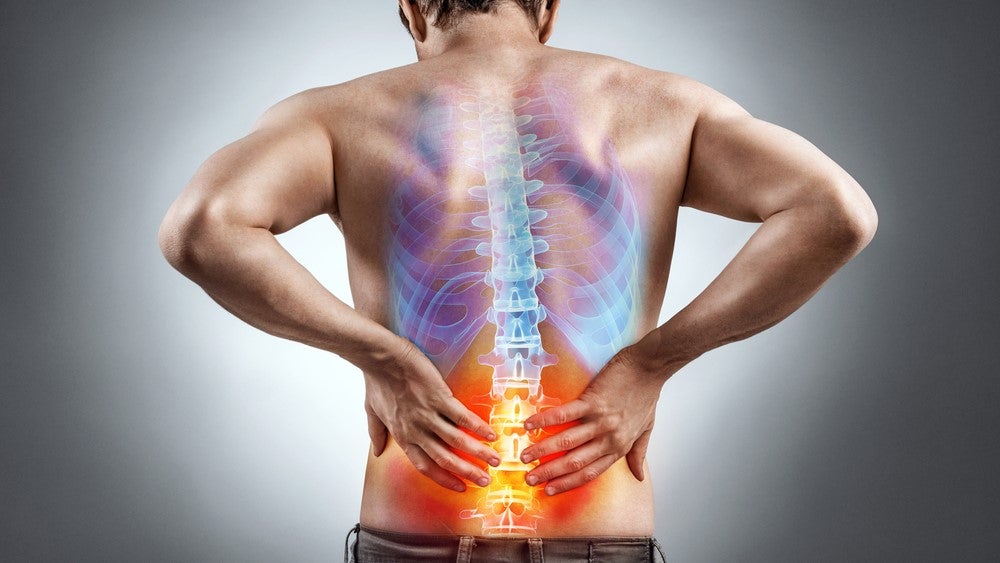
Most people who have had a stroke will have some trouble walking afterwards, with 35% of survivors with initial paralysis of the leg unable to regain useful function afterwards and 20-25% unable to walk without full physical assistance. Rehabilitative treatment can go a long way toward improving an individual’s outlook after a stroke event, but the road to recovery is both long and costly, requiring extensive physiotherapy.
Enter ReWalk Robotics, a US medical device company designing and developing 21st century solutions for stroke rehabilitation. ReWalk has developed the ReStore Soft Exo-Suit, a lightweight wearable device designed to be used as part of stroke rehabilitation for people who have lower limb disabilities.
“We launched this device about a year and a half ago, and the intent is to help people who have had a stroke and now have a deficit on one side of their body,” says ReWalk vice president of marketing Andy Dolan. “With walking, they can’t push off as much and they have a lot more trouble walking across a room.”
The UK’s National Institute for Health and Care Excellence (NICE) recently published a Medtech Innovation Briefing on the ReStore system, wherein experts agreed that the device could improve outcomes in stroke rehabilitation by reducing falls and improving users’ balance and confidence. It could also reduce the number of staff needed in therapy sessions, as fewer people would be needed to assist the patient.
How does ReStore work?
ReStore is designed to help provide more power at the ankle of the affected leg. It helps users push off their foot off with their toe, swinging their leg forward, via a footplate place inside their shoe.
ReStore then mechanically plantarflexes and dorsiflexes – pointing the foot upwards or downwards as needed – based on the patient’s gait cycle, using cables that descend from a waist belt. It responds to the patient’s speed and step length and reacts in real time to provide the support they need.
How well do you really know your competitors?
Access the most comprehensive Company Profiles on the market, powered by GlobalData. Save hours of research. Gain competitive edge.

Thank you!
Your download email will arrive shortly
Not ready to buy yet? Download a free sample
We are confident about the unique quality of our Company Profiles. However, we want you to make the most beneficial decision for your business, so we offer a free sample that you can download by submitting the below form
By GlobalDataAs well as helping expedite patient rehabilitation, ReStore can also cut down on treatment costs.
Dolan says: “Maybe the therapist has to be holding you up or helping you and another therapist is moving your leg. You can have two or three people trying to help one patient, and not only is that expensive and non-scientific, as you can’t take exact measurements of progress, with the Covid situation it also puts two or three people in very close contact with the person.
“Now that the device is helping the person’s foot move, the physio can actually stand back a little bit to observe what’s happening and get metrics and data from the device.”
ReWalk for spinal cord injuries
ReStore isn’t ReWalk’s only offering. As well as ReStore, ReWalk manufactures the eponymous ReWalk Personal 6.0, a battery-powered exoskeleton designed to aid mobility for people with spinal injuries.

The wearer uses ReWalk Personal to control their movement using subtle changes to their centre of gravity. Tilting the body forward initiates a first step, after which repeated body shifting triggers the system to generate a sequence of steps, mimicking the natural movement of the legs.
Dolan says: “The device empowers the wearer to stand and walk, and actually go up and down stairs too. For someone who’s in a wheelchair and can’t walk, there’s a psychological and emotional benefit for standing.
“More importantly, the human body was made to operate standing. Everything from your blood pressure, your bowel and bladder function, your exercise, your heart rate, your bones is affected once a person can stand and walk. We’re very excited about what this device could do for a population that very much needs the solution.”
Simon Kindleysides, a 36-year-old from the UK, was diagnosed with an inoperable brain tumour in 2013 that left him paralysed from the waist down. Using ReWalk Personal, he recently raised over £12,000 for the UK NHS walking four miles every day in February.
ReWalk has now entered into a contract with BKK Mobil Oil Insurance to provide ReWalk Personal to eligible beneficiaries in Germany. It received the European CE mark in 2019.
What’s next for ReWalk?
ReWalk’s two products are very different in the way they operate, but both serve the same goals of restoring mobility – and they’re hitting the market at the right time. The global exoskeleton market is expected to grow by 41.7% from 2020 to 2027, reaching an eventual value of $16.6bn according to Data Bridge Market Research, and ReWalk has seen its share price rise by 311% over the past year.
“As a company strategy, we’re continuing our work with the US government for reimbursement,” says Dolan. “We’re working with Medicare to expand the reimbursement environment. In the UK now that we’ve had the innovation briefing we’re working with various NHS stroke speciality hospitals to place devices and start valuations.
“We don’t have reimbursement by the NHS yet, so most of our device placements stem from litigation – someone was in a car accident, they get awarded a healthcare device. We do hope to see a future where people in the UK can access it.”




